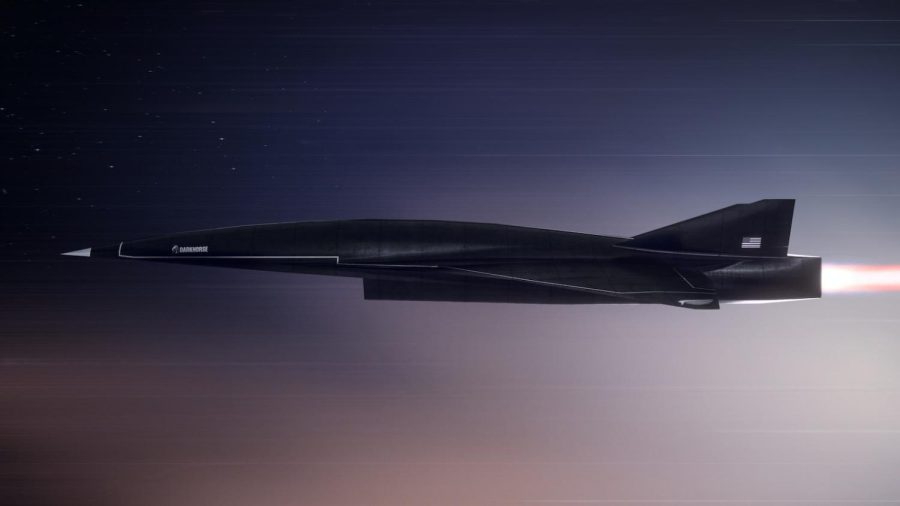The Unstoppable Missiles of the Future
Hypersonic Missiles
What is Hypersonic?
Before we know how the missiles work, we first need to learn; what is hypersonic. Describing a vehicle or object as hypersonic means that the vehicle can reach speeds of more than two times the speed of sound. For example, passenger jets travel at a speed of around 600mph, just about 60 miles below the speed of sound. However, a jet traveling at a hypersonic speed at the same height would travel at a speed of around 3,500mph which is almost six times the speed of a passenger jet.
Three types of missiles?
There are three types of hypersonic missiles. Each one works and is used differently from the last. The first type of missile is called an aero-ballistic missile. A hypersonic aero-ballistic system is dropped from an aircraft, accelerated to hypersonic speed using a rocket, and then follows a ballistic, meaning unpowered, trajectory. Aero-ballistic missiles don’t just come in the hypersonic form, but also most other types of missiles. The next one is known as a hypersonic glide vehicle. These glide vehicles are boosted by a rocket to high altitudes. The rocket releases the missile and lets it travel down toward its target at incredibly high speeds. The last type of hypersonic missile is called a hypersonic cruise missile. Hypersonic cruise missiles are also boosted at hypersonic speeds and they maintain the speed through wind engines so that they can travel incredibly long distances compared to the other two. Also, cruise missiles use smaller boosters so they are the most cost and fuel efficient. These cruise missiles can get to speeds of up to 7.1 miles per second.
What threats do these missiles pose?
One main reason for producing this hypersonic weaponry is that they are incredibly difficult to defend against. This is due to their advanced speed, maneuverability, and flight path. Since hypersonic missiles travel at such high speeds, they are difficult to pick up with signals and radar. Non-nuclear hypersonic missiles are primarily used for destroying large and valuable machines such as aircraft carriers. As well as the production of these missiles being expensive, defending against them costs even more.
Related Stories
https://scitechdaily.com/how-hypersonic-missiles-work-and-the-significant-threats-they-pose/
https://carnegieendowment.org/programs/npp/hypersonic/
https://www.voanews.com/a/what-are-hypersonic-weapons-and-who-has-them-/6492459.html
Take Action
























